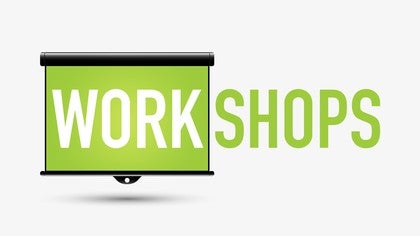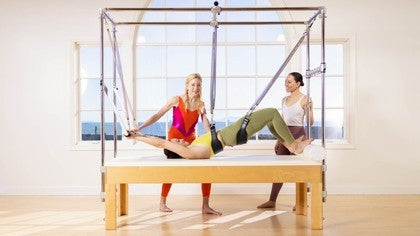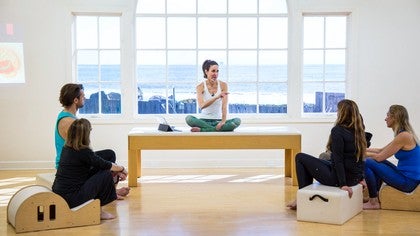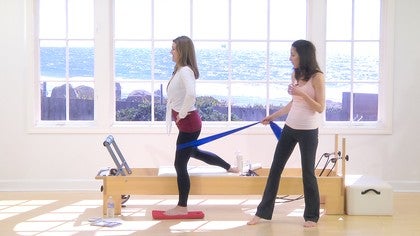Premium Continuing Education workshop
You can view a 2 minute preview. For details, scroll down below the video.
Description
Note: Elizabeth has provided a handout with information that will be useful during this workshop. She recommends looking at it before watching so you are familiar with the concepts and terms she presents.
Objectives
- Learn practices that give support to ventral vagal tone to facilitate feelings of safety, ease, and confidence during activities of daily living
- Learn gentle sequences on the Mat that incorporate coherent nose breathing and humming to stimulate the release of nitric oxide
- Learn movement sequences on the Trapeze Table to support breathing while practicing coordination patterns that develop endurance for standing and walking
About This Video
Continuing Education Credits
If you complete this workshop, you will earn:
3.0 credits from National Pilates Certification Program (NPCP)
The National Pilates Certification Program is accredited by the National Commission for Certifying Agencies (NCCA)
Workshops: Body Pathologies and Conditions
Comments

You need to be a subscriber to post a comment.
Please Log In or Create an Account to start your free trial.












